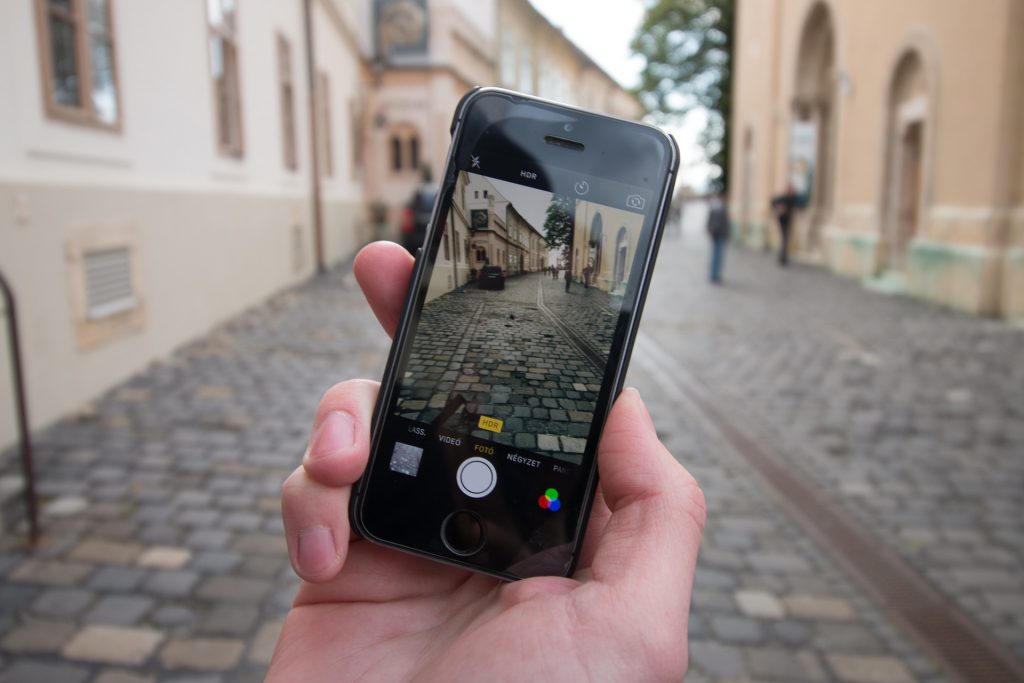This is a guest blog post by Andrew Cormack, chief regulatory adviser, Jisc technologies looking at some of the issues that arise when using location-aware applications.

Wouldn’t it be great if, when passing the library, your mobile phone reminded you of the books you meant to borrow? Wouldn’t it be scary if your tutor knew everywhere you had been in the past week? Your phone’s ability to determine its own location – whether by GPS or by knowing which access points are within range – creates opportunities for highly beneficial applications, as well as highly intrusive ones. When designing, implementing and choosing location-aware applications several indicators can warn you which of those you may be looking at…
Opt-in vs Invisible?
The first distinction is between an application that the individual user enables, versus one that notes the location of any device within range. Both require clear and accurate descriptions of all the information they access and what it is used for. Clearly it is much easier to provide that as part of an active download/enable process than when an individual simply wanders into a monitored space – just one reason why both law and our instincts regard the former as much more acceptable than the latter.
On-device vs On-server
Another significant difference is where the location information is processed. Applications that run within the device (e.g. the “you’re near the library” example above) are likely to cause fewer concerns than ones that require location to be reported to a central service. Even on-device applications still need to be careful to minimise processing of location data; but central services that know the locations of many devices/people are likely to be expected to provide more safeguards and explanation.
Point vs Track
Applications that involve recording a sequence of locations are likely to be perceived as more intrusive than those that simply record presence. Indeed European legislators are currently debating whether tracking applications that are not Opt-in should be banned. However there are many applications that only need to process a single, current location (again, see the library example) or, indeed, merely the number of devices present in an area (for example to identify where additional wifi coverage might be beneficial!). Since the same technology is used for all these options, applications should include, and describe, safeguards to ensure the broader functionality is not, in fact, used. If you are using technology to count the number of people in location, make sure you describe what prevents the same sensor being used to listen, watch or track them.

